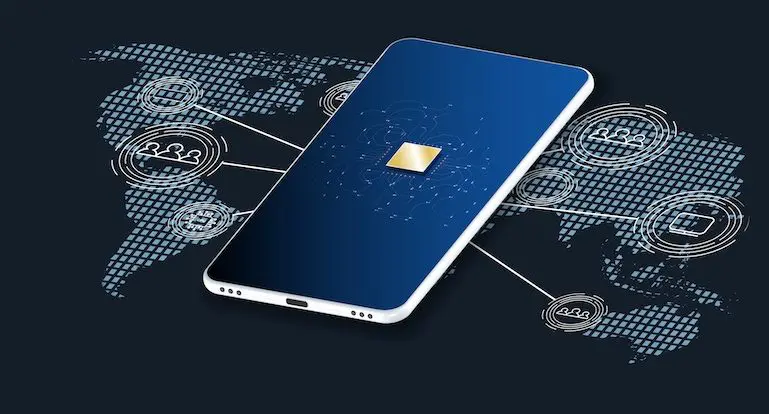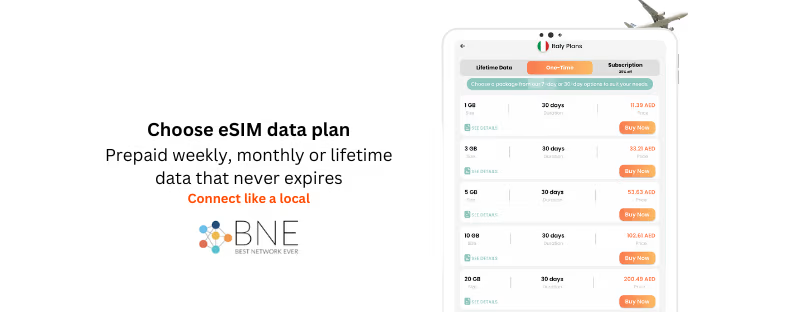
What is eSIM?
In the rapidly evolving landscape of mobile connectivity, eSIM (embedded SIM) technology is reshaping how users and devices connect to cellular networks. Unlike traditional SIM cards, which require physical handling, the eSIM is built directly into a device’s hardware.
This advancement offers not only convenience but also greater flexibility, especially in an era driven by remote provisioning, 5G integration, and a surge in IoT deployments.
What Is an eSIM?
An eSIM is a programmable SIM card embedded as software on a chip known as the eUICC (embedded Universal Integrated Circuit Card). It performs the same functions as a traditional SIM—identifying and authenticating the subscriber to a mobile network—but does so without needing to be physically removed or inserted.
As described by Thales Group, “eSIM has become a generic term used worldwide to describe a new vector of mobile connectivity for consumers and IoT devices.” This technology enables seamless remote provisioning, allowing devices to download and switch between carrier profiles without swapping SIM cards.
How does eSIM work?
eSIM works by using a small chip that is embedded in the device. This chip contains all of the information that a traditional SIM card does, such as the user’s phone number, network information, and security settings.
When a user wants to activate an eSlM, they can do so by downloading a profile from their carrier’s website or app. This profile contains all of the information that the device needs to connect to the network.
Once the profile is downloaded, the eSlM is activated, and the user can start using their device on the network.
Technical Specifications of eSIM
- Size: Approximately 2.5 mm × 2.3 mm × 0.2 mm
- Footprint: Roughly 60 times smaller than a nano-SIM
- Form: Can be either soldered onto the device motherboard or plugged in
- Standardization: Governed by GSMA specifications for security, interoperability, and remote provisioning
Benefits of eSIM
There are several benefits to using eSlM technology. These include:
- Smaller and more durable devices: eSIMs do not require a physical SIM card slot, which can save space and make the device more durable. This is especially important for devices that are prone to damage, such as wearables and smartphones.
- Easy to switch carriers: With eSlM, users can easily switch carriers without having to swap out a physical SIM card. This can be a great way to save money on cellular plans or to get access to a better network.
- Support for multiple profiles: eSIMs can support multiple profiles, which means that users can have multiple phone numbers or network connections on the same device. This can be useful for people who travel frequently or who want to have a separate work and personal number.
- Future-proof technology: eSIM is a new technology that is still in the early stages of development. However, it is expected to become the standard for SIM cards in the future. This is because eSIM offers a number of advantages over traditional SIM cards, such as its smaller size, durability, and ease of use.
Why It’s a Big Deal for IoT
From smart meters and connected ambulances to surveillance drones and factory robots, eSIM is unlocking the potential of the Internet of Things:
- No SIM slot = better durability and smaller size
- Remote provisioning = no truck rolls or on-site visits
- 5G + eSIM = high-speed, reliable data wherever it’s needed
IoT deployments at scale depend on seamless, secure connectivity — and eSIM is delivering just that.
Drawbacks of eSlM
There are a few drawbacks to using eSlM technology. These include:
- Not all devices support eSIM: Currently, only a limited number of devices support eSIM technology. However, this number is expected to grow rapidly in the coming years.
- Not all carriers support eSIM: Not all carriers currently offer eSIM plans. However, this is also expected to change in the near future.
- More expensive than physical SIM cards: eSIMs are currently more expensive than physical SIM cards. However, this price difference is expected to narrow in the coming years.
The Future: iSIM and Beyond
eSIM is already shrinking the SIM to almost nothing. But its successor, iSIM (Integrated SIM), goes one step further by embedding SIM functionality directly into a device’s main processor — removing even the need for a separate chip.
That means:
- Even smaller devices
- Lower energy use
- More seamless integration for AI, ML, and secure edge computing
It’s not science fiction. It’s the next step — and it’s already being tested.
Final Thoughts: The SIM Card Is Evolving — Fast
Think of the eSIM as the Netflix of mobile connectivity: no hardware, no waiting, just tap and go.
Whether you’re switching to a local carrier abroad, deploying 10,000 connected devices, or building the next smartwatch, eSIM unlocks a new level of simplicity, speed, and scale. And with the rise of 5G and iSIM, the transformation is only just beginning.
We may not see the SIM card tray in our phones much longer — and when it’s gone, you probably won’t miss it.











